Introduction
Artificial Intelligence (AI) is no longer a futuristic buzzword — it’s a real-world game-changer reshaping how businesses handle data, make decisions, and uncover insights. Over the past few years, AI has completely transformed data science and analytics, taking them far beyond simple dashboards and spreadsheets.
Today, AI-powered systems can process enormous amounts of data, identify patterns humans might miss, and even make predictions in real-time. Whether it’s detecting fraud, forecasting trends, or personalizing your shopping experience, AI is revolutionizing data science and analytics in every possible way.
Table of Contents
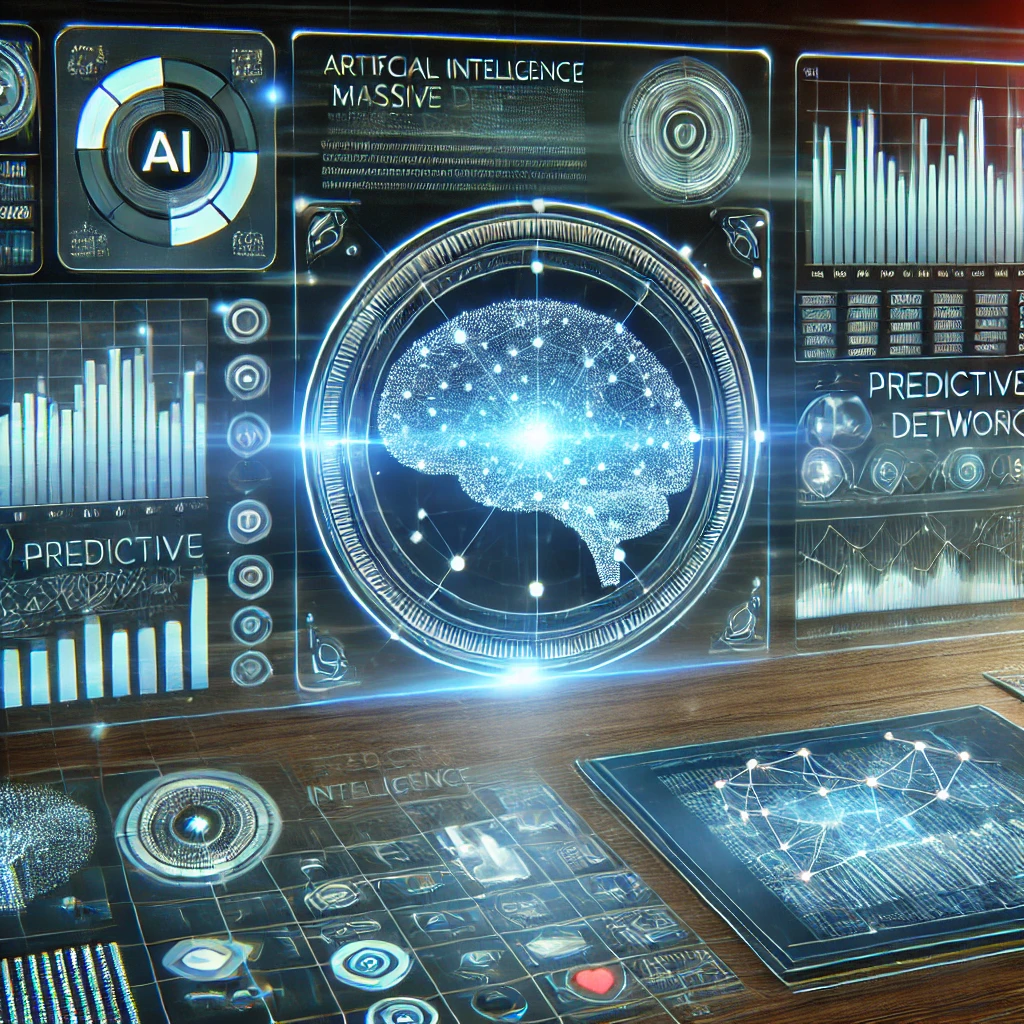
The Role of AI in Data Science and Analytics
AI has become the backbone of modern data analytics. Let’s break down a few key areas where AI is making the biggest impact:
1. Automated Data Processing
Remember when cleaning and preparing data used to take days? AI tools now handle that in minutes. They automatically spot missing values, detect outliers, and normalize data — saving data scientists countless hours.
2. Advanced Predictive Analytics
AI takes predictive analytics to a new level. By learning from past data, machine learning models can forecast everything from stock prices to customer churn. For instance, e-commerce platforms use AI to predict what you’ll want to buy next — often before you even know it yourself.
3. Enhanced Data Visualization
AI doesn’t just crunch numbers — it tells stories. Using natural language processing (NLP), visualization tools now generate dashboards and even write plain-English summaries of complex data, making analytics easier for everyone to understand.
4. Anomaly Detection and Fraud Prevention
AI shines when it comes to spotting the unexpected. It continuously scans transactions, identifies irregularities, and flags potential fraud before it causes real damage — a must-have for banks and cybersecurity teams.
5. NLP for Data Interpretation
With so much unstructured data — think social media posts, emails, and reviews — NLP helps businesses analyze public sentiment and customer feedback. This lets companies adjust their products or marketing strategies in real-time.
6. Real-Time Data Analytics
Gone are the days of waiting for overnight batch reports. AI enables real-time analytics, allowing industries like healthcare, finance, and logistics to make quick, data-backed decisions on the fly.
Benefits of AI-Driven Data Science and Analytics
The combination of AI and data science doesn’t just make things faster — it makes them smarter.
1. Increased Efficiency
AI automates repetitive work like data cleaning and model testing, freeing analysts to focus on strategic decisions.
2. Improved Accuracy
AI models minimize human error and pick up subtle trends or correlations we might miss, improving the reliability of insights.
3. Scalability
AI analytics platforms can handle massive datasets effortlessly — ideal for enterprises swimming in data.
4. Cost Savings
Less manual labor and better automation mean businesses can achieve more with fewer resources.
5. Better Customer Insights
AI digs deep into customer behavior, helping brands personalize marketing campaigns, recommend products, and predict future needs.
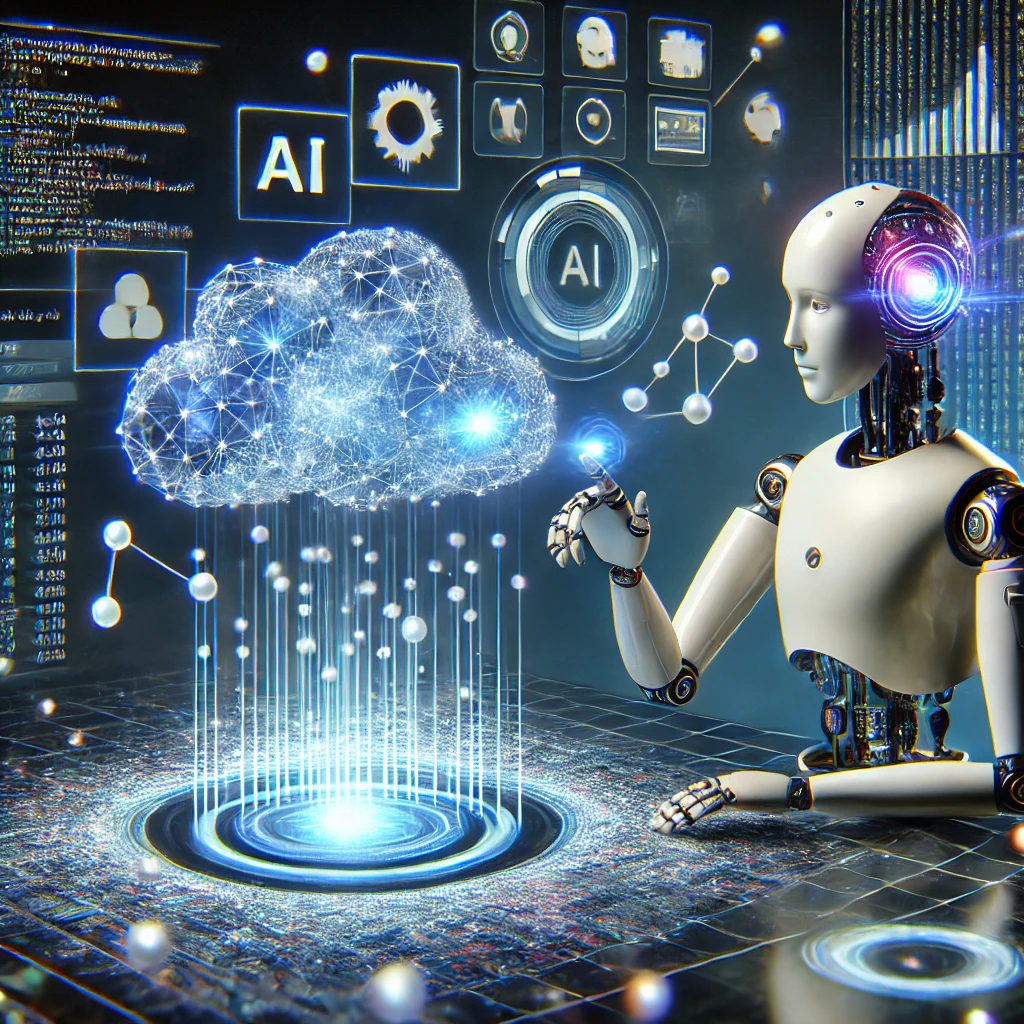
Real-World Applications of AI in Data Science and Analytics
Let’s look at how AI is already reshaping some key industries:
1. Healthcare
AI analyzes medical images, predicts patient outcomes, and even assists doctors in diagnosing diseases faster and more accurately.
2. Finance
Banks use AI to prevent fraud, assess risks, and automate trading. AI chatbots also handle customer queries instantly, improving service 24/7.
3. Retail and E-commerce
From personalized recommendations to smarter inventory management, AI helps retailers stay ahead of customer demands.
4. Manufacturing
AI-driven predictive maintenance prevents costly machine failures before they happen and improves overall production efficiency.
5. Marketing and Advertising
AI analyzes consumer behavior, optimizes ad campaigns, and ensures every marketing dollar delivers maximum ROI.
Challenges of AI in Data Science and Analytics
Despite all the excitement, implementing AI isn’t without its hurdles.
1. Data Privacy and Security
Handling massive amounts of user data comes with responsibility. Companies must comply with privacy laws like GDPR and invest in strong cybersecurity.
2. Bias in AI Models
If the data is biased, the AI will be too. Ensuring fairness and transparency is an ongoing challenge for data scientists.
3. High Implementation Costs
Building and maintaining AI systems can be expensive, especially for small businesses just starting out.
4. Shortage of Skilled Professionals
The demand for AI experts is growing faster than the supply, creating a global talent gap.
Future of AI in Data Science and Analytics
The next wave of AI innovations promises to make data science even more powerful and accessible.
1. Automated Machine Learning (AutoML)
AutoML will make it easier for non-experts to build and deploy machine learning models — no coding required.
2. Explainable AI (XAI)
As AI systems become more complex, XAI ensures users can understand why a model made a certain decision — improving trust and accountability.
3. Edge AI
Instead of sending data to the cloud, edge AI processes information locally, enabling faster responses and better data security.
4. Decision Intelligence
This emerging field combines AI with business strategy to help organizations make smarter, more data-driven choices.
Final Thoughts
It’s clear that AI is revolutionizing data science and analytics — not just by automating processes, but by unlocking entirely new ways of understanding information. From real-time insights to predictive modeling, AI is helping businesses move faster, act smarter, and stay ahead of competition.
However, success with AI isn’t just about technology — it’s about responsibility. Ethical use, transparency, and proper data governance will define the next chapter of AI-driven analytics.
As we step into the future, one thing is certain: the organizations that embrace AI today will lead the data revolution tomorrow.
Stay tuned for more insights — the AI journey has only just begun!
Now is the time to embrace AI-driven analytics and unlock the next generation of data-driven innovation—because the future of data science belongs to AI. Stay Tuned !!
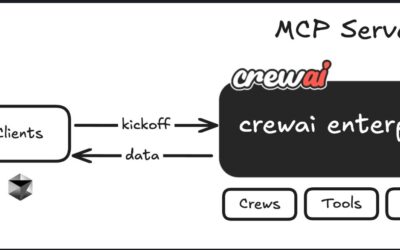



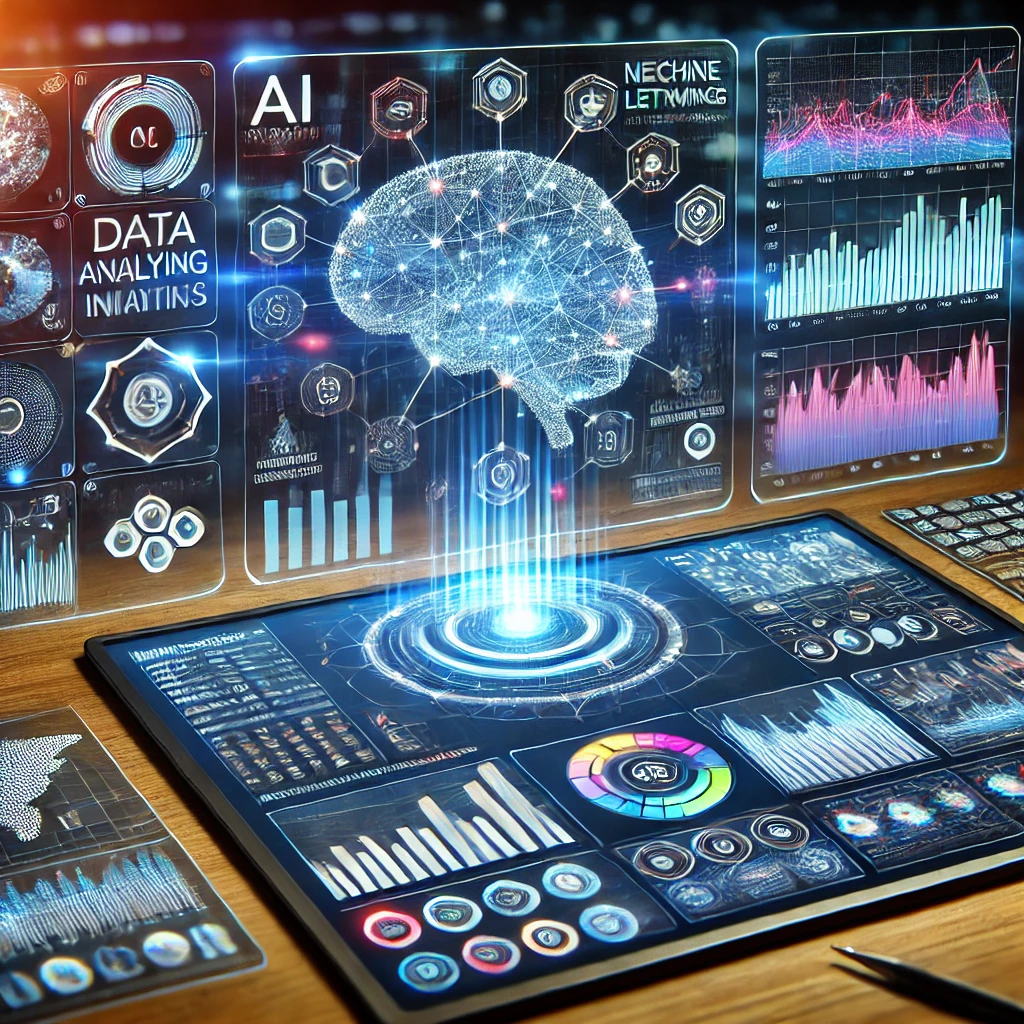

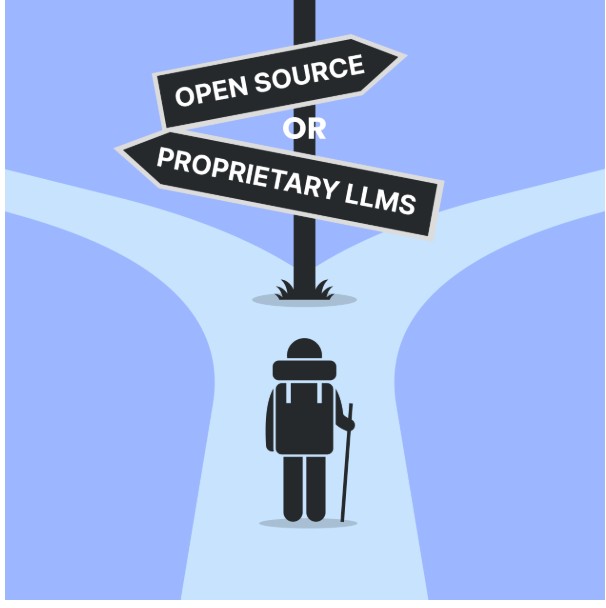
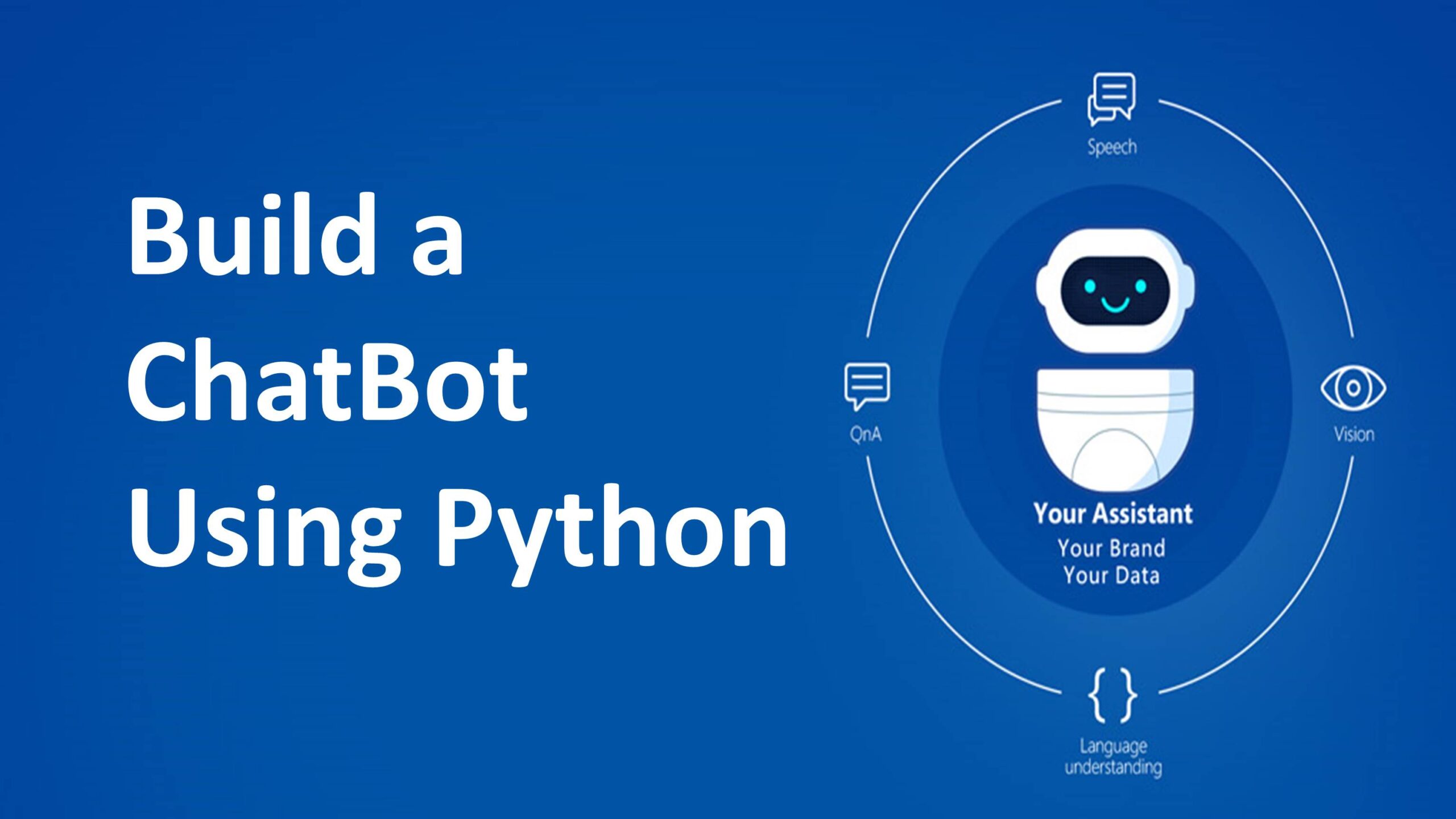

That’s a solid take, glad you mentioned it.
Remarkable! Its actually amazing paragraph, I have got much clear idea concerning from this post.
Cool analysis.
Super blog,I really love it !!!
Voting is another domain where blockchain technology can significantly improve security. By securely recording votes, it minimizes the chances of electoral fraud.
Thanks for sharing. I read many of your blog posts, cool, your blog is very good.
Superb !!
Wonderfull Article
Excellent !!!
Thanks,Have a nice day!
This is best blog I have read,Wonderfull 🙂
Superb !!!
very nice blog !!